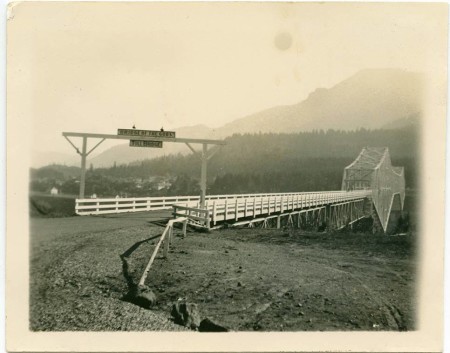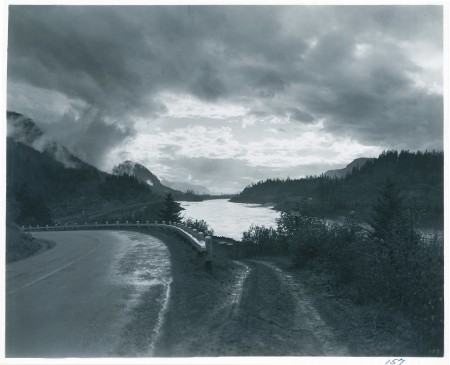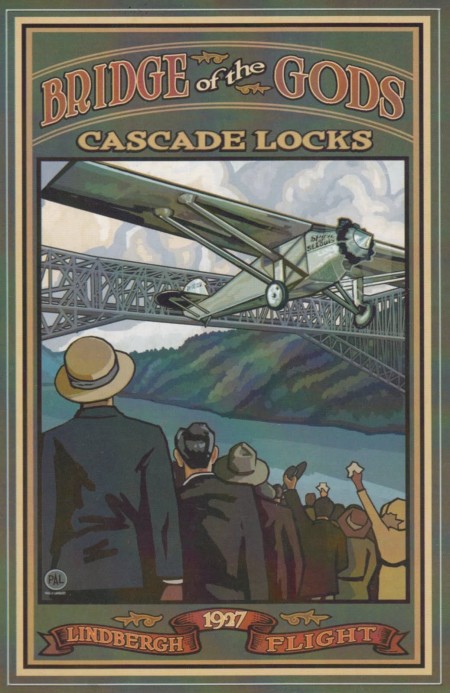Long ago, when the world was young, all people were happy, The Great Spirit, whose home is in the sun, gave them all they needed. No one was Hungry, no one
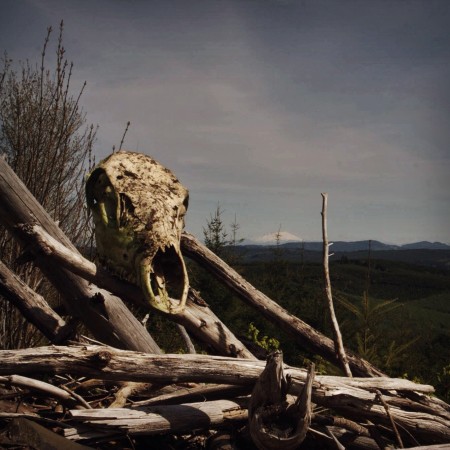
‘Keeper of Fire’ | © 2015 H a v e n
was cold. But after a while, two brothers quarreled over the land. The elder one wanted most of it, and the younger one wanted most of it. The Great Spirit decided to stop the quarrel. One night while the brothers were asleep he took them to a new land, to a country with high mountains. Between the mountains flowed a big river.
The Great Spirit took the two brothers to the top of the high mountains and wakened them. They saw that the new country was rich and beautiful.
“Each of you will shoot a arrow in opposite directions,” he said to them. “Then you will follow your arrow. Where your arrow falls, that will be your country. There you will become a great chief. The river will separate your lands.”
One brother shot his arrow south into the valley of the Willamette River. He became the father and the high chief of the Multnomah people. The other brother shot his arrow north into the Klickitat country. He became the father and high chief of the Klickitat people.
Then the Great Spirit built a bridge over the big river. To each brother he said, “I have built a bridge over the river, so that you and your people may visit those on the other side. It will be a sign of peace between you. As long as you and your people are good and are friendly with each other, this bridge of the Tahmahnawis will remain.
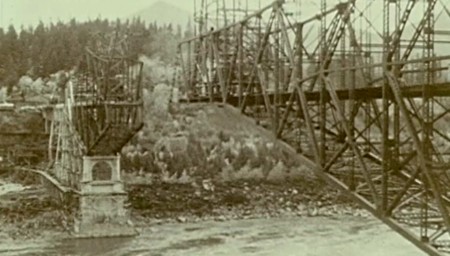
Building of the the modern day Bridge of the Gods, ca. 1925
It was a broad bridge, wide enough for many people and many ponies to walk across at one time. For many snows the people were at peace and crossed the river for friendly visits. But after a time they did wicked things. They were selfish and greedy, and they quarreled. The Great Spirit, displeased again, punished them by keeping the sun from shining. The people had no fire, and then the winter rains came, they were very cold.
Then they began to be sorry for what they had done, and they begged the Great Spirit for fire. “Give us fire, or we will die from the cold,” they prayed. The heart of the Great Spirit was softened by their prayer. He went to an old woman who had kept herself from the wrongdoing of her people and so still had some fire in their lodge.
“If you will share your fire, I will Grant you anything you wish,” the Great Spirit promised her. “What do you want most?”
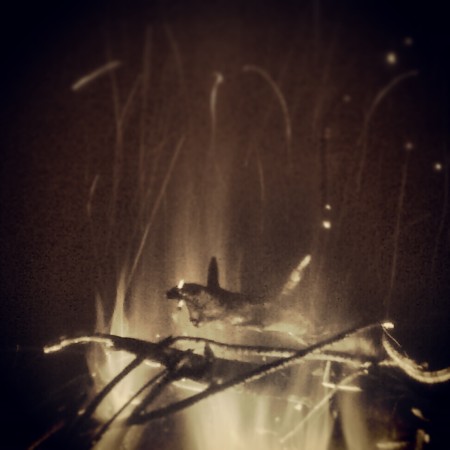
“Eternal” | ©2015 H a v e n
“Youth and beauty,” answered the old woman promptly, “I wish to be young again, and to be beautiful.”
“You shall be young and beautiful tomorrow morning,” promised the Great Spirit. “Take your fire to the bridge, so that the people on both sides of the river can get it easily. Keep it burning there always as a reminder of the goodness and kindness of the Great Spirit.”
The old woman, whose name was Loo-wit, did as he said. Then the Great Spirit commanded the sun to shine again. When it rose the next morning, it was surprised to see a young and beautiful maiden sitting beside a fire on the Bridge of the Gods. The people, too, saw the fire, and soon their lodges were warm again. For many moons all was peaceful on both sides of the great river and the bridge.
The young men also saw the fire–and the beautiful young woman who attended it. They visited her often. Loo-wit’s heart was stirred by two of them–a handsome young chief from south of the river, whose name was Wyeast, and a handsome young chief from north of the river, whose name was Klickitat. She could not decide which of the two she liked better.
Wyeast and Klickitat grew jealous of each other and soon began to quarrel. They became so angry that they fought. Their people also took up the quarrel, so that there was much fighting on both sides of the river. Many warriors were killed.
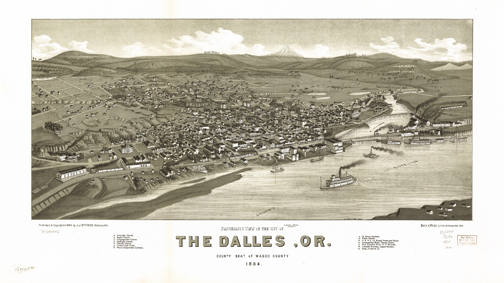
The Dalles, Oregon. ca. 1884
This time the Great Spirit was made angry by the wickedness of the people. He broke down the Bridge of the Gods, the sign of peace between the two tribes, and its rocks fell into the river. He changed the two chiefs into mountains. Some say that they continued to quarrel over Loo-wit even after they were mountain peaks. They caused sheets of flame to burst forth, and they hurled hot rocks at each other. Not thrown far enough, many fell into the river
and blocked it. That is why the Columbia is very narrow and the water very swift at the Dalles.
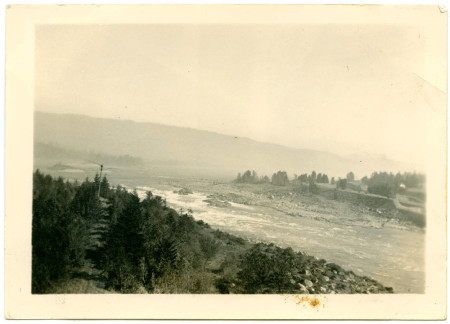
Pre-dammed Cascades. 1912(?) author unknown.
Loo-wit was changed into a snow-capped peak which still has the youth and beauty promised by the Great Spirit. She is now called Mount St. Helens. Wyeast is known as Mount Hood, and Klickitat as Mount Adams. The rocks and white water where the Bridge of the Gods fell are known as the Cascades of the Columbia.
——-Clark,Ella (1953) Indians of the Pacific Northwest (renewed 1981). The Regents of the University of California
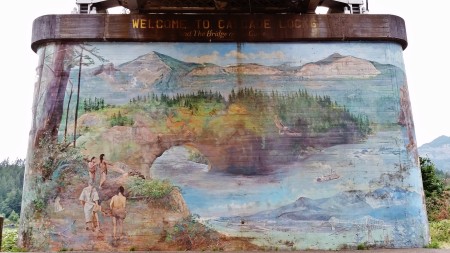
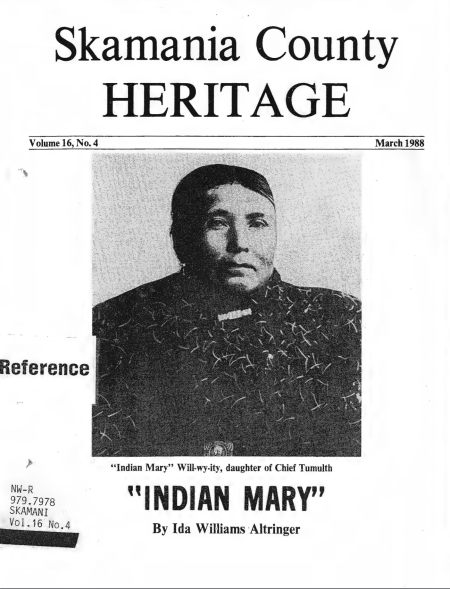
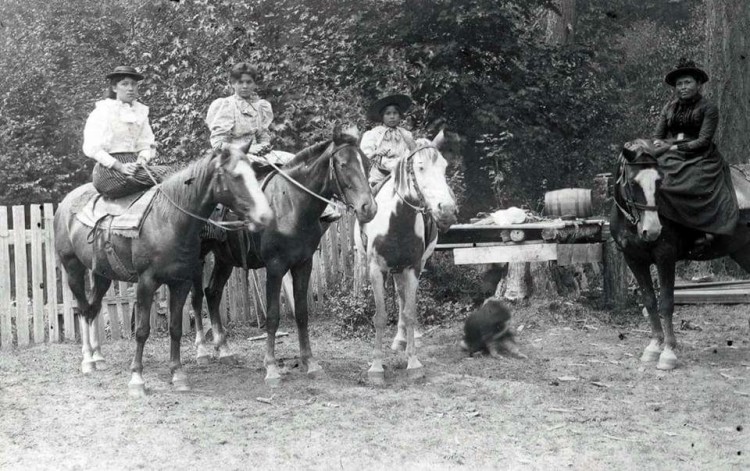
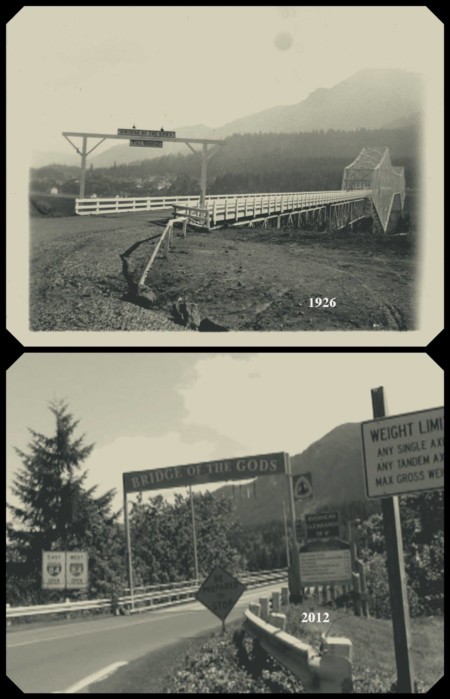
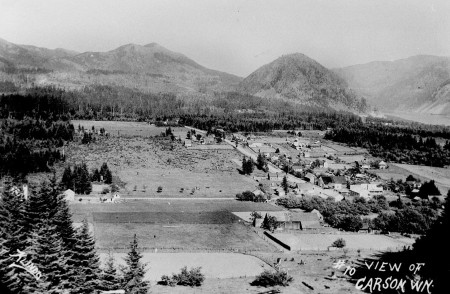 Growing up, I could see Wind Mountain directly from my bedroom window. I would get lost in daydream, which is a pretty common occurrence for me, and wonder how my ancestors revered and interacted with this landscape. What was it about this mountain that made it holy or sacred? Was it because of it’s stand alone features in the middle of the Cascade Mountain range? Was is it because of the sacred mineral waters that bubbled and boiled in her shadows? Or, was it because it could have been where the actual land bridge, known as the Bridge of the Gods, could have crossed the mighty river? – And Who had the first Vision on her lofty peak? Was it Coyote?
Growing up, I could see Wind Mountain directly from my bedroom window. I would get lost in daydream, which is a pretty common occurrence for me, and wonder how my ancestors revered and interacted with this landscape. What was it about this mountain that made it holy or sacred? Was it because of it’s stand alone features in the middle of the Cascade Mountain range? Was is it because of the sacred mineral waters that bubbled and boiled in her shadows? Or, was it because it could have been where the actual land bridge, known as the Bridge of the Gods, could have crossed the mighty river? – And Who had the first Vision on her lofty peak? Was it Coyote?